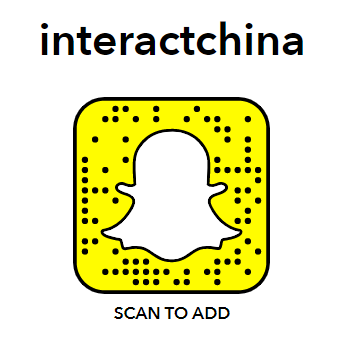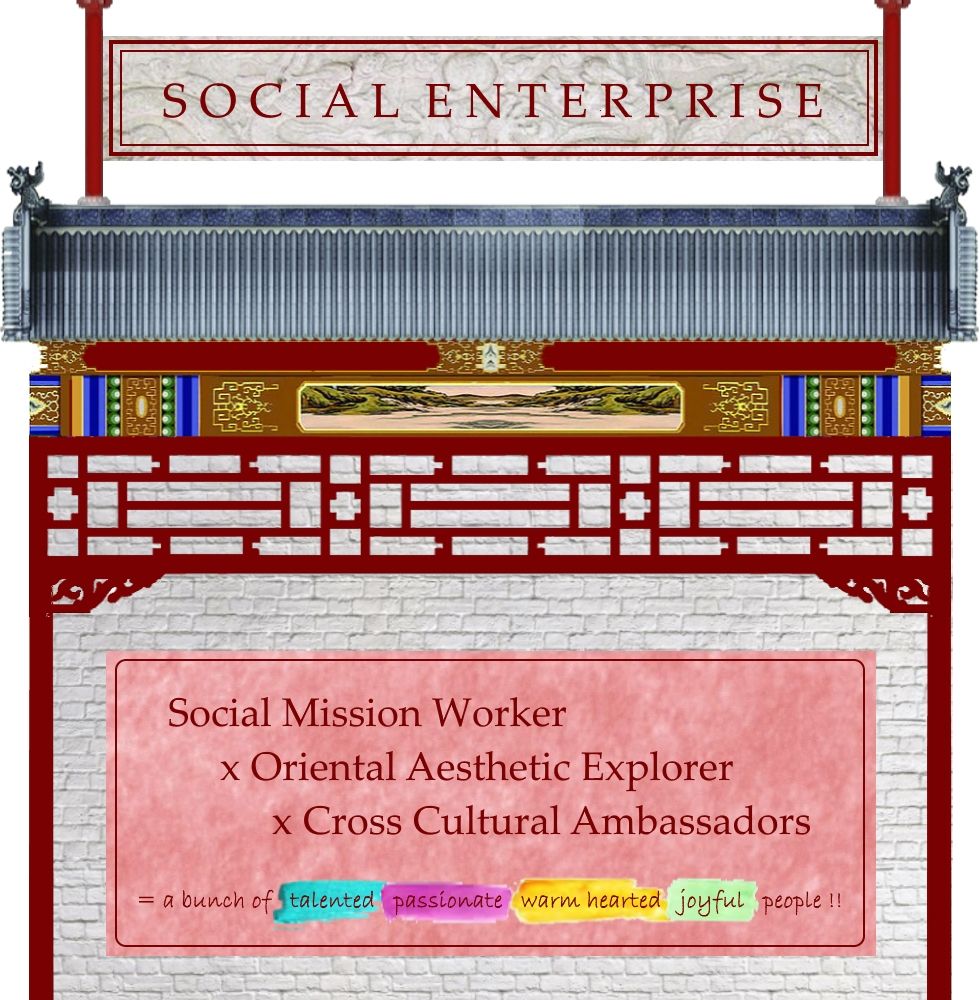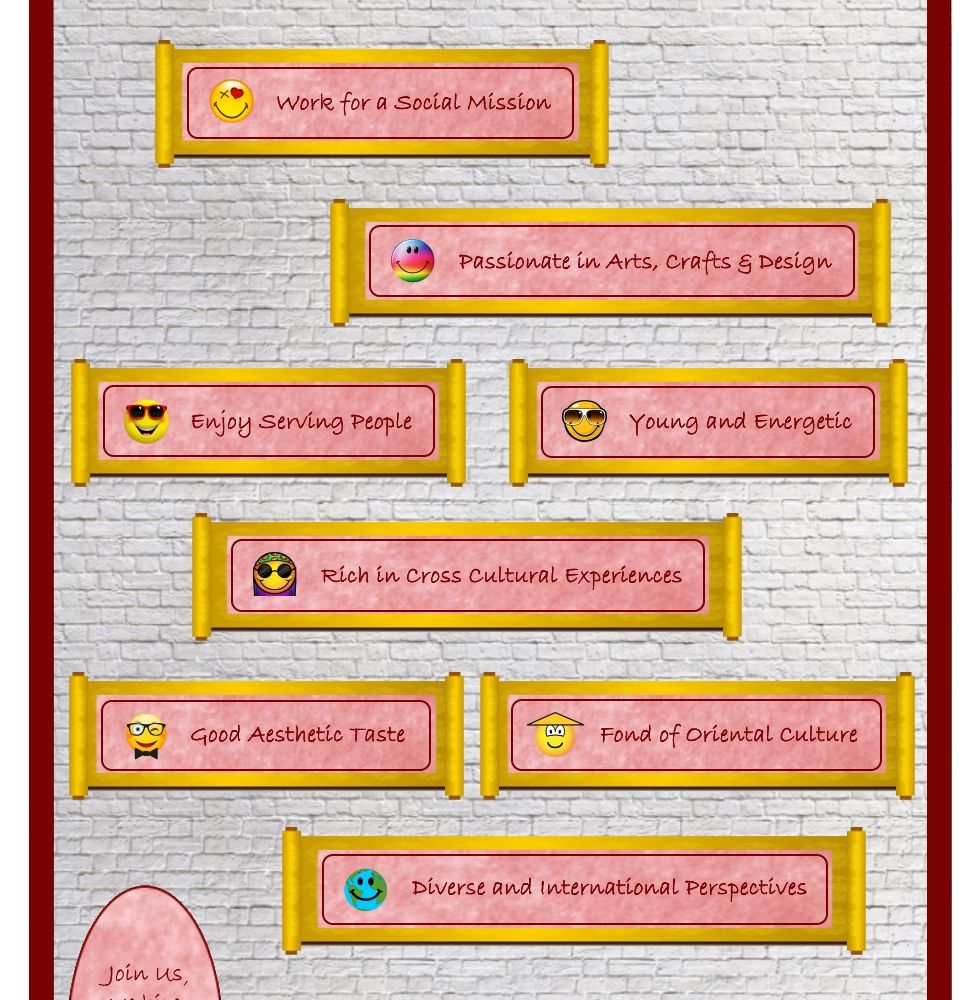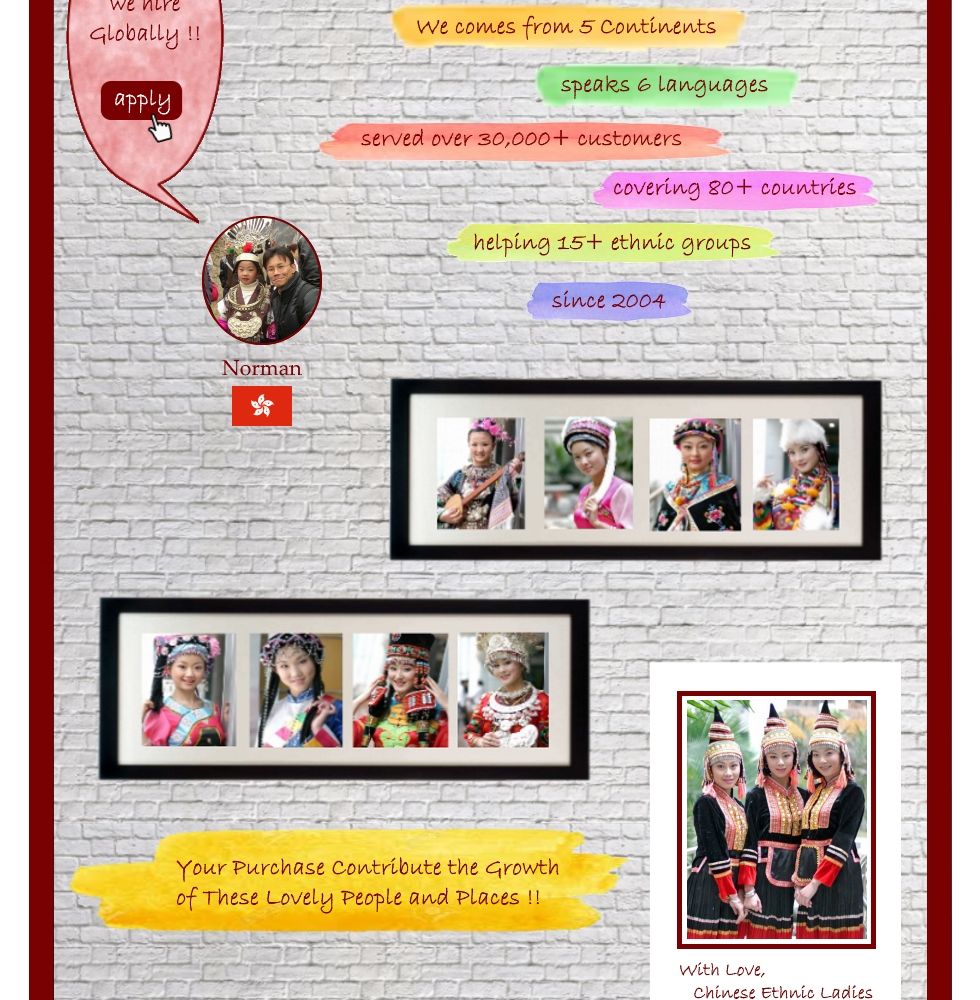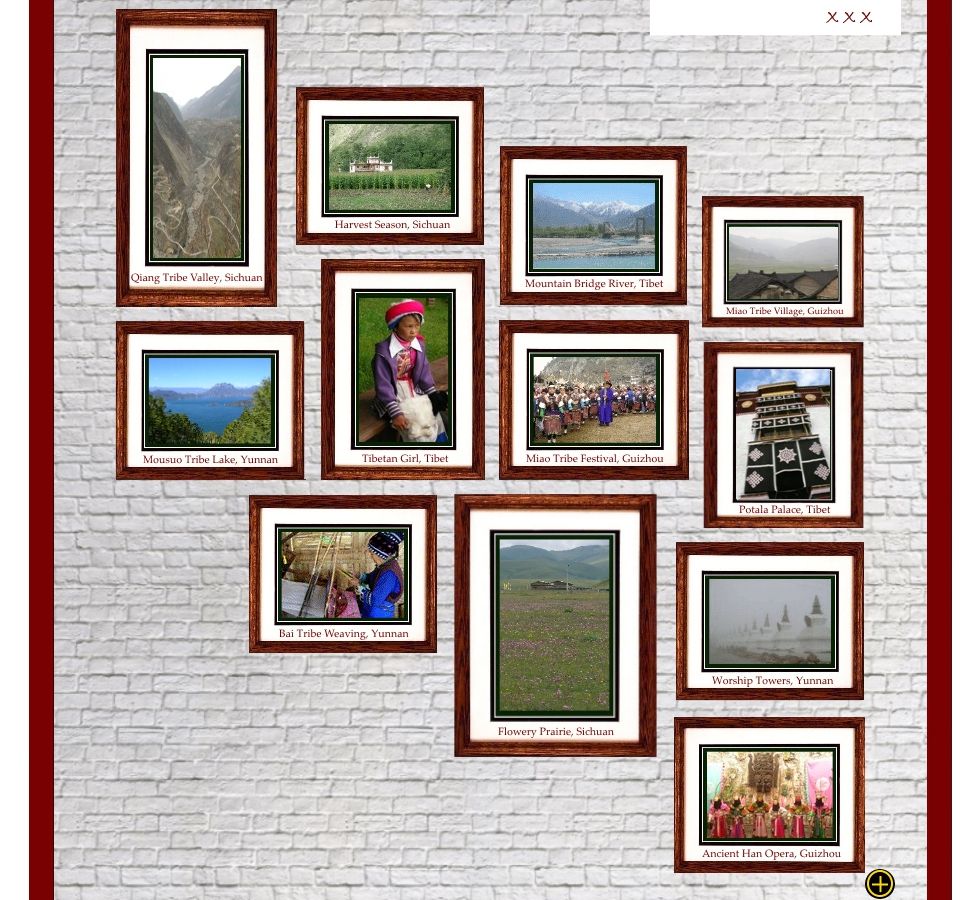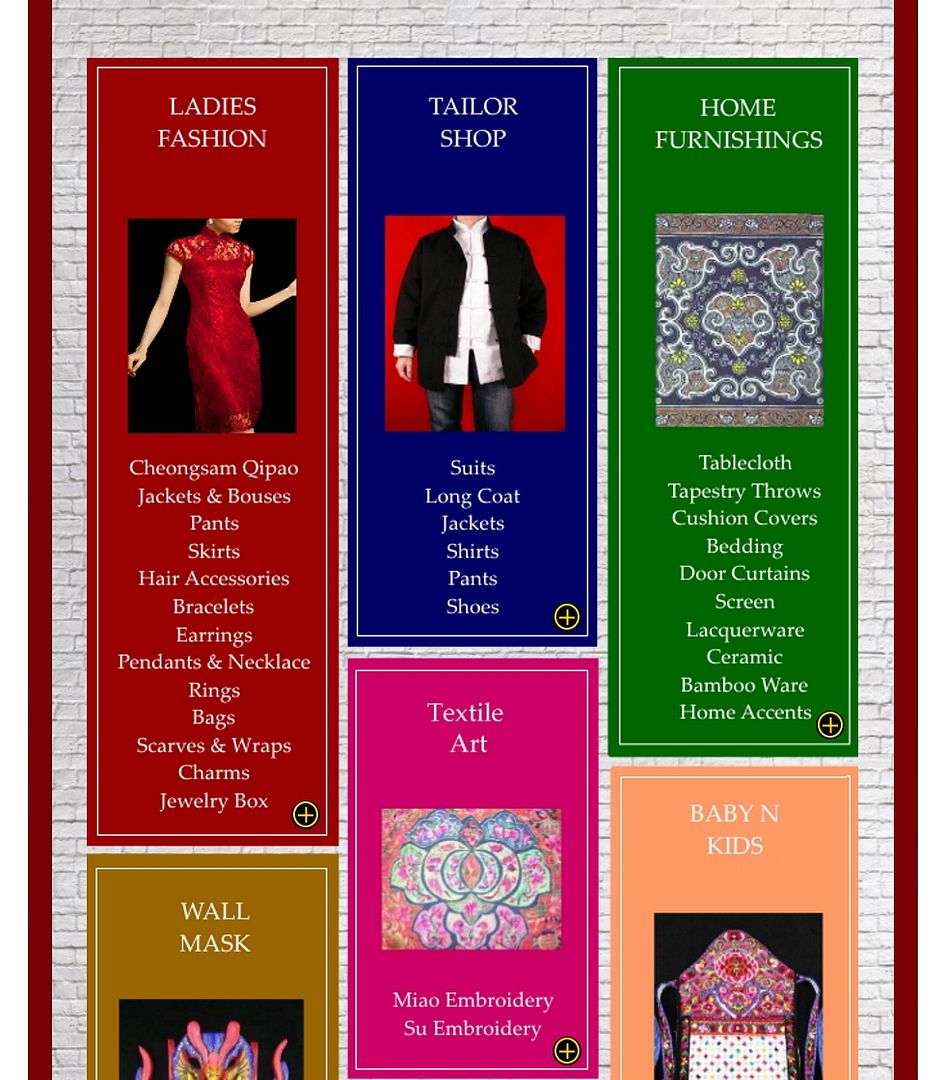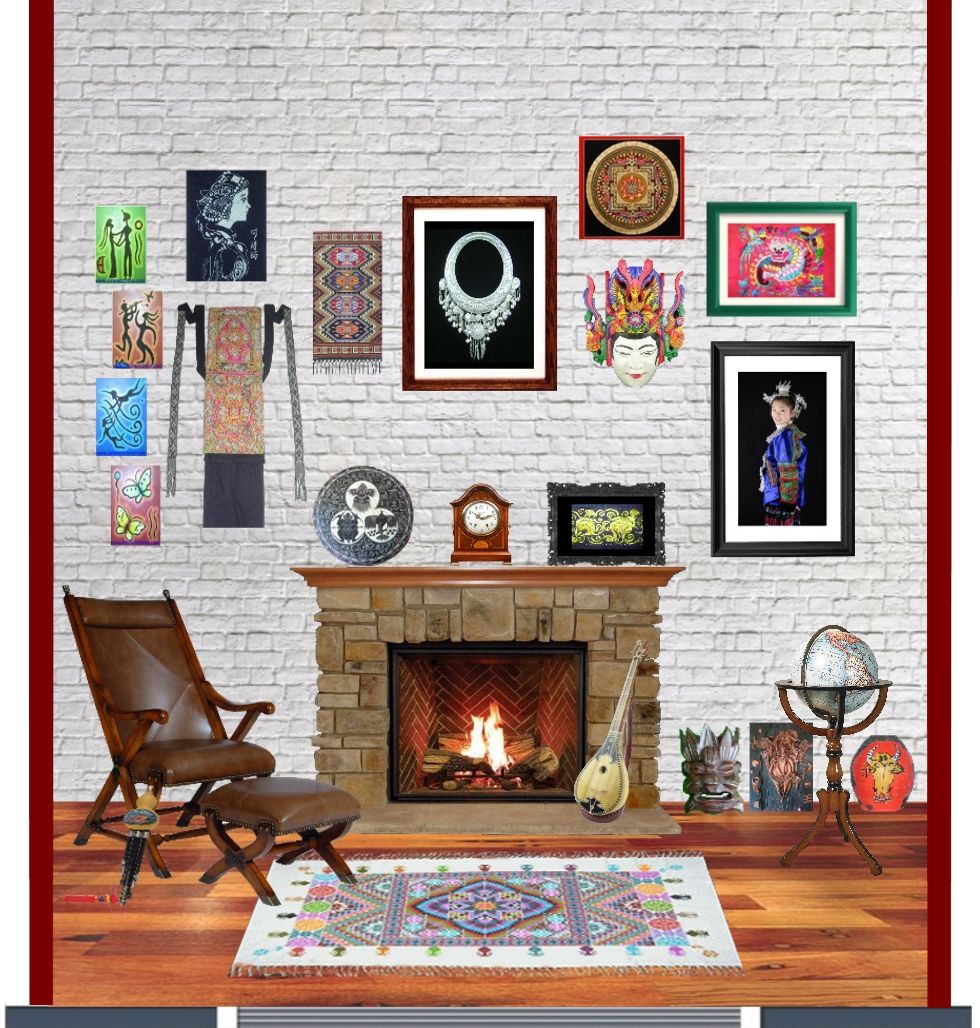Thangka Painting Making
8th Jun 2017
Technically making a painted thangka occurs in six steps.
Prepare the Canvas

A piece of cotton cloth is stitched onto a wooden frame along all its four sides. After setting up the cloth canvas in the frame, the cloth is applied on both the front and the back with a thin layer of gesso, which is made of glue and zinc oxide. The canvas is then rubbed on both sides with a stone to make the canvas surface smooth and lustrous.
Tibetan painters pay great importance to the preparation of the canvas surface since thangka paintings are rolled up for storage and any sort of defect due to neglect may cause cracks or make the paint peel off.
Sketch

Before sketching different parts of the composition, eight major lines of orientation are drawn. These include a central perpendicular, two diagonals, a horizontal and four outer borders. Now with charcoal or graphite the rough drawing of the deity in full accordance with the canonical proportions is delineated. Within a given composition, the center stage is invariably occupied by the principal personage, while all acolytes and attendants are greatly reduced in size to further emphasize the majesty and enormity of the central figure.
Color

Painters apply pigments on the sketch, with black, green, red, yellow, and white as the basic colors. All the colors are mixed with animal glue and ox bile to keep them bright.
Color is more than a visual proposition in sacred Buddhist painting. The five basic colors white, yellow, red, black and green have different symbolic meanings. Black symbolizes killing and anger, white denotes rest and repose, yellow stands for restraint and nourishment, red is indicative of subjugation while green is the known hue of exorcising practices. The palette of the thangka painters has been classified into ‘seven father colors’ and one ‘mother color’. The seven father colors are deep blue, green, vermilion, minimum orange, maroon, yellow and indigo. The mother color is white which interacts perfectly with all these hues. The lighter shades resulting from the mixture of ‘father’ and ‘mother’ were referred to as their sons. Written evidence from the eighteenth century identifies fourteen such ‘sons’.

For any large project, the master painter first visualizes the final color scheme and indicates them on the sketch with an abbreviated notation system. While applying the colors the painter proceeds from the distant parts to those parts stationed near him.
Color Gradation

After laying the initial coats of flat color the painter proceeds to apply thin coats of dyes diluted in water. Shading in Tibetan Thangkas is always done to add effects of volume and dimension to the form be it a human figure, an anthropomorphic image of some deity or clouds, water, flames, rocks, flowers, curtains, seats, etc. Cast shadows and highlights are unknown aspects of the pictorial imagery of the Thangka. Very often the empty green field of the foreground is shown fading gradually into the horizon and such effects are obtained with ‘wet shading’, a technique of gradual blending of two adjoining areas of wet paint.
Outline

In an essentially linear pictorial expression like the Thangka, the art of outlining plays a significant role. To set off objects from the background or to demarcate subdivisions of a certain form, or to emphasize a swirling mass of flames, painters select the indigo and lac dyes for perfect results.
Finish Details

At this final stage the facial features are finished and the eyes of the deities are painted. For this ‘eye opening’ an elaborate consecration ritual on an auspicious full moon day is fixed and only after the vivification ritual does the painter complete the eyes in swift sure strokes. The whites of the eyes are softened with orange and red at the corner ends, eyelid edges are darkened and then the iris is added according to the required stance of the deity. The two most commonly fashioned varieties of eyes are ‘bow eyes’ and grain eyes’ besides a few fearsome looking ones for the wrathful deities.
After the artist finishes the details, the canvas is removed from the frame and mounted on a piece of brocaded silk. The wooden sticks are attached to the top and bottom of the silk. After a dust cover of gossamer silk is attached, the thangka is ready to be hung up.
by Xiao Xiao @ InteractChina.com
About Interact China
-----------------------------------------------------------------------------------------------------------------------------
"A Social Enterprise in E-commerce Promoting Oriental Aesthetic Worldwide"
Aileen & Norman co-founded Interact China in 2004 with specialization in fine Oriental Aesthetic products handmade by ethnic minorities & Han Chinese. Having direct partnerships with artisans, designers, craft masters and tailors, along with 10 years solid experience in e-commerce via InteractChina.com, we position well to bridge talented artisans in the East with the rest of the world, and bring you direct finely selected products that are of good quality and aesthetic taste.
So far we carry 3000+ goods covering Ladies Fashion, Kungfu Clothing, Home Furnishings, Babies & Kids, Painting Arts, Textile Arts, Carving Arts, Tribal Jewelry Art, Wall Masks and Musical Instruments. Our team speak English, French, German, Spanish and Italian, and serve customers worldwide with passion and hearts.
-----------------------------------------------------------------------------------------------------------------------------
P.S. We Need People with Similar Passion to Join Our Blogging Team!
If you have passion to write about Oriental Aesthetic in Fashion, Home Decor, Art & Crafts, Culture, Music, Books, and Charity, please contact us at bloggers@interactchina.com, we would love to hear from you!






